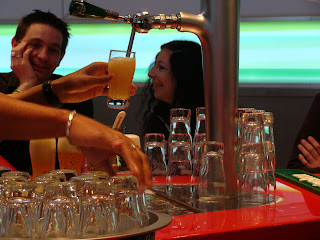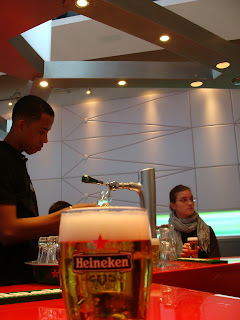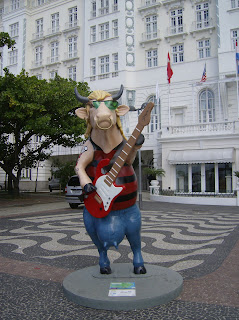The Berlin Wall Memorial extends along both sides of the Bernauer Strasse and is currently undergoing expansion. On the border strip that had been located in East Berlin, an open-air exhibition uses the Bernauer Strasse to explain the history of division. The memorial also includes the Monument in Memory of the Divided City and the Victims of Communist Tyranny and the Window of Remembrance. The Chapel of Reconciliation is also a part of this ensemble.
On the other side of the street that belonged to the western part of the city, the newly constructed Visitor Center and the Documentation Center with a viewing platform and the exhibition about the time when the Berlin Wall was built in August 1961. Inside the Nordbahnhof S-Bahn station the exhibition “Border Stations and Ghost Stations in Divided Berlin” documents the impact that the Wall had on the city’s public transportation system.
Font:
http://www.berliner-mauer-gedenkstaette.de/en/the-memorial-12.html



















































